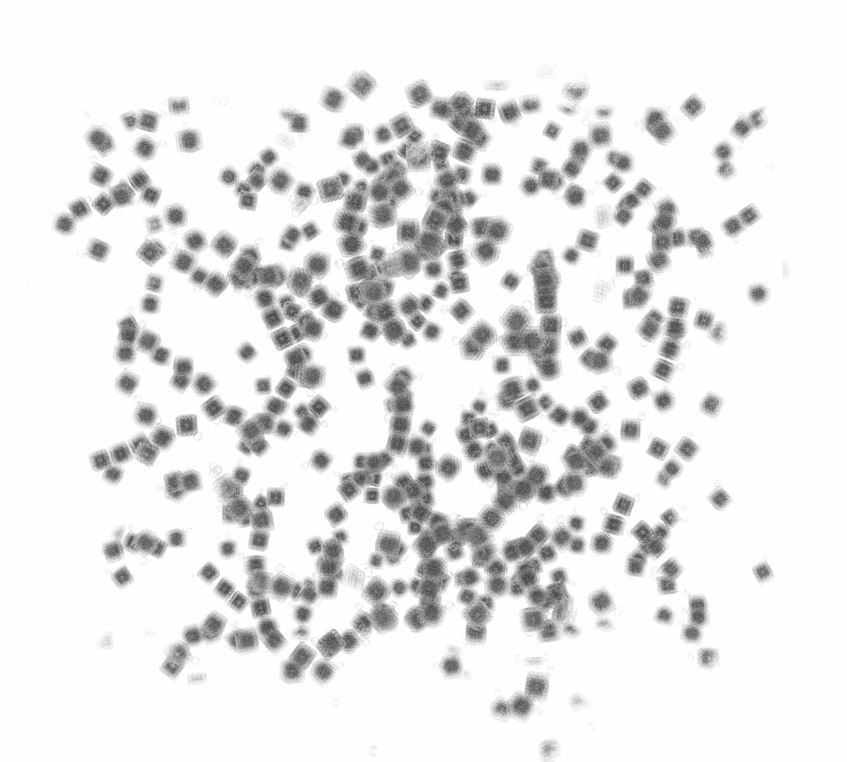Microscopic active particles, including self-propelled cells, microorganisms and artificial swimming colloids, have gained a lot of attention due to their relevance in such important fields as biology, biomedicine, nanoscience and nanotechnology. The term "active" describes the ability of certain particles or units, to convert energy from their environment into motion, hence, kinetic energy. In this study, we use active matter to create a new type of nanomotor, which is oriented by an applied magnetic field and propelled by an active particle. One of those units consists of a dipolar cube that can be directed due to its interaction with a magnetic field. A non-dipolar active particle attached to the cube, with a propulsion force directed into the cubes centre of mass, creates a field controlled swimming unit. This scenario is investigated using molecular-dynamic simulations, setting the above described unit in an obstacle free environment while applying a constant magnetic field. In collaboration with Dr. Schmidt from the University of Cologne, those nanomotors are also investigated experimentally.
Simulation Snapshots
Snapshots of magnetic active cube ensembles, showing clustering behaviour due to the coupling of dipolar and active forces.

The orientation of the dipole within the cubes determines the structures formed by the cubes. Here, one can recognise chain patterns of different lengths.

